PROTECT YOUR DNA WITH QUANTUM TECHNOLOGY
Orgo-Life the new way to the future Advertising by AdpathwayWhen cleaning up the garden this fall, consider leaving some perennials standing through winter. There are several great reasons to do it, both aesthetic and ecological. Not only will it add beauty and texture, but leaving them be will help to feed and shelter important native wildlife.
During winter, food gets scarce for many birds. In the wild, they would depend on seeds from native plants to sustain them through the colder months. In our developed landscapes, much of that food isn’t available. Turf grass lawns replace wildflower meadows, limiting this food source.
Leaving some perennials standing is also good for many pollinators. Solitary bees find their winter shelter in sturdy, hollow stems. Many leftover seed stalks provide additional shelter and food.
Let’s not forget the aesthetic value of those perennials you leave in the garden in winter. Tall, dried grasses, and unique and beautiful seed heads create a ton of texture and interest in an otherwise barren landscape. Here are some perennials you should leave standing when you do your fall cleanup this year.
Brazilian Vervain Verbena

Brazilian Vervain Verbena Seeds
Purple Coneflower Echinacea

Purple Coneflower Echinacea Seeds

Joe Pye Weed
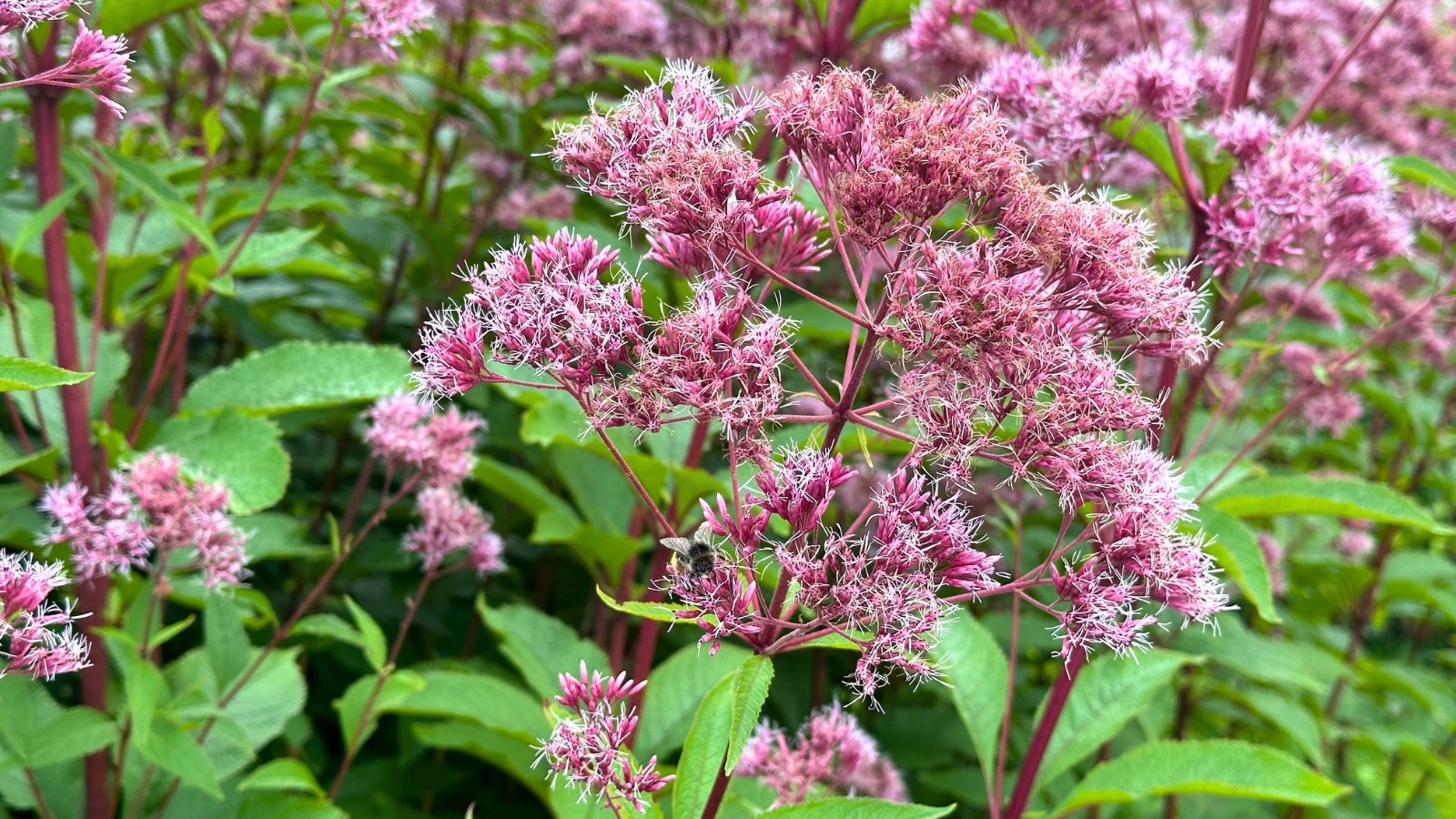 Tall stalks feed birds and shelter pollinators in winter.
Tall stalks feed birds and shelter pollinators in winter.Joe Pye weed is an all-around fantastic perennial to leave standing in winter. It’s truly great year-round. This towering beauty provides a great amount of nectar to pollinators and other beneficial insects in the fall. Its flowers are lovely and fragrant. They make nice cut flowers and have ornamental value in the garden.
In winter, Joe Pye weed is excellent for the ecosystem. The tall stalks provide an overwintering site for bees and wasps. Birds, particularly finches, adore the seeds, so it makes an excellent food source for them in fall and winter.
It’s not just beneficial from an ecological standpoint. It’s beautiful, too. The tall stalks and airy seed heads tower over the garden, adding texture and movement.
Coneflower
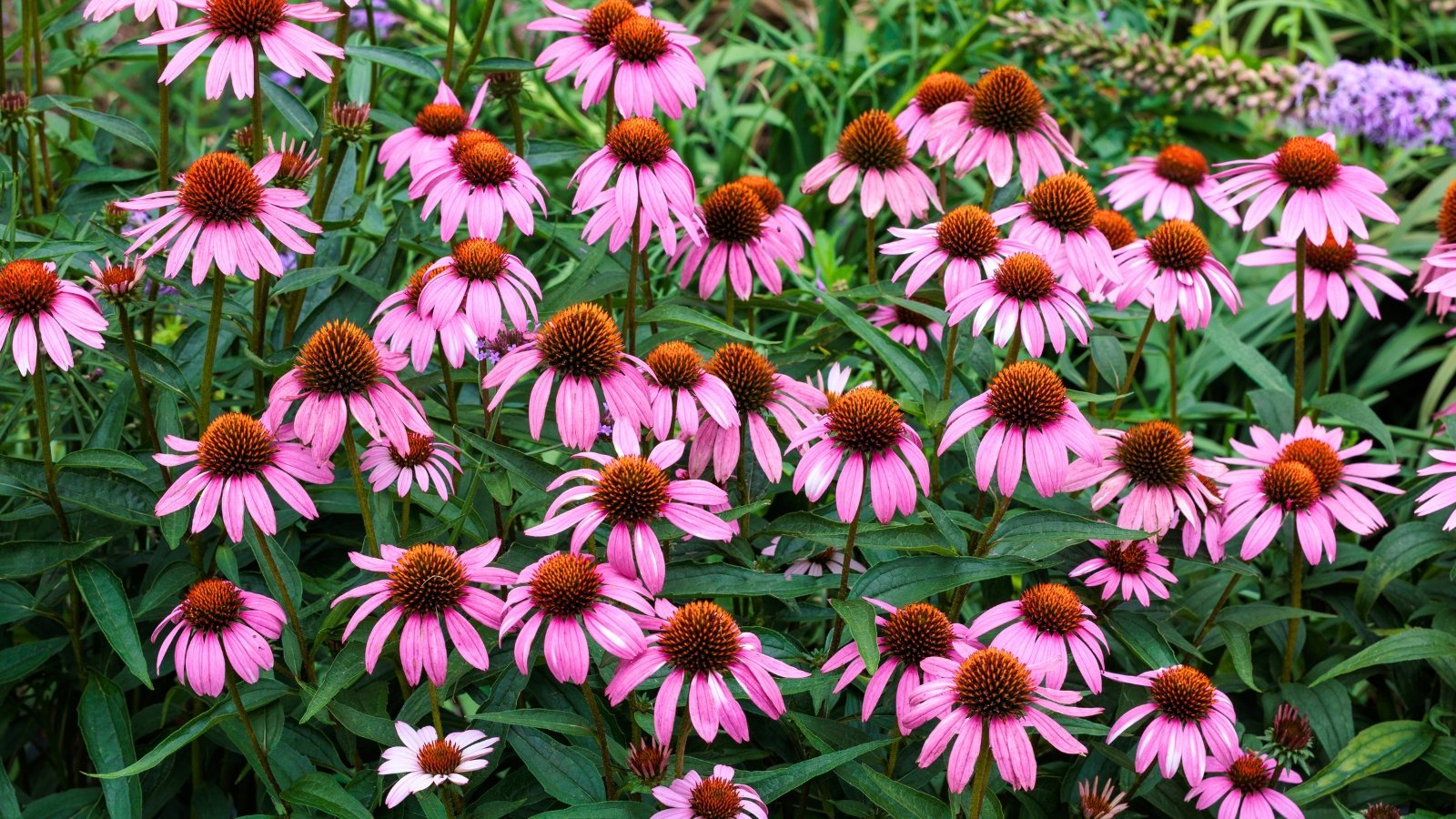 Seed heads draw goldfinches and add winter texture.
Seed heads draw goldfinches and add winter texture.Coneflowers are wonderful little perennials native to much of the United States. The brightly colored, daisylike flowers bloom through much of the growing season. These provide plenty of food for pollinators and other beneficial insects. Leaving their spiky seed heads standing in winter is an excellent idea.
These seed heads are texturally appealing and fun in the garden. They’re also a goldmine of food for birds and other small animals. If you love to bird watch, leaving these will make your garden come alive with goldfinches, chickadees, and other native songbirds.

Brazilian Vervain
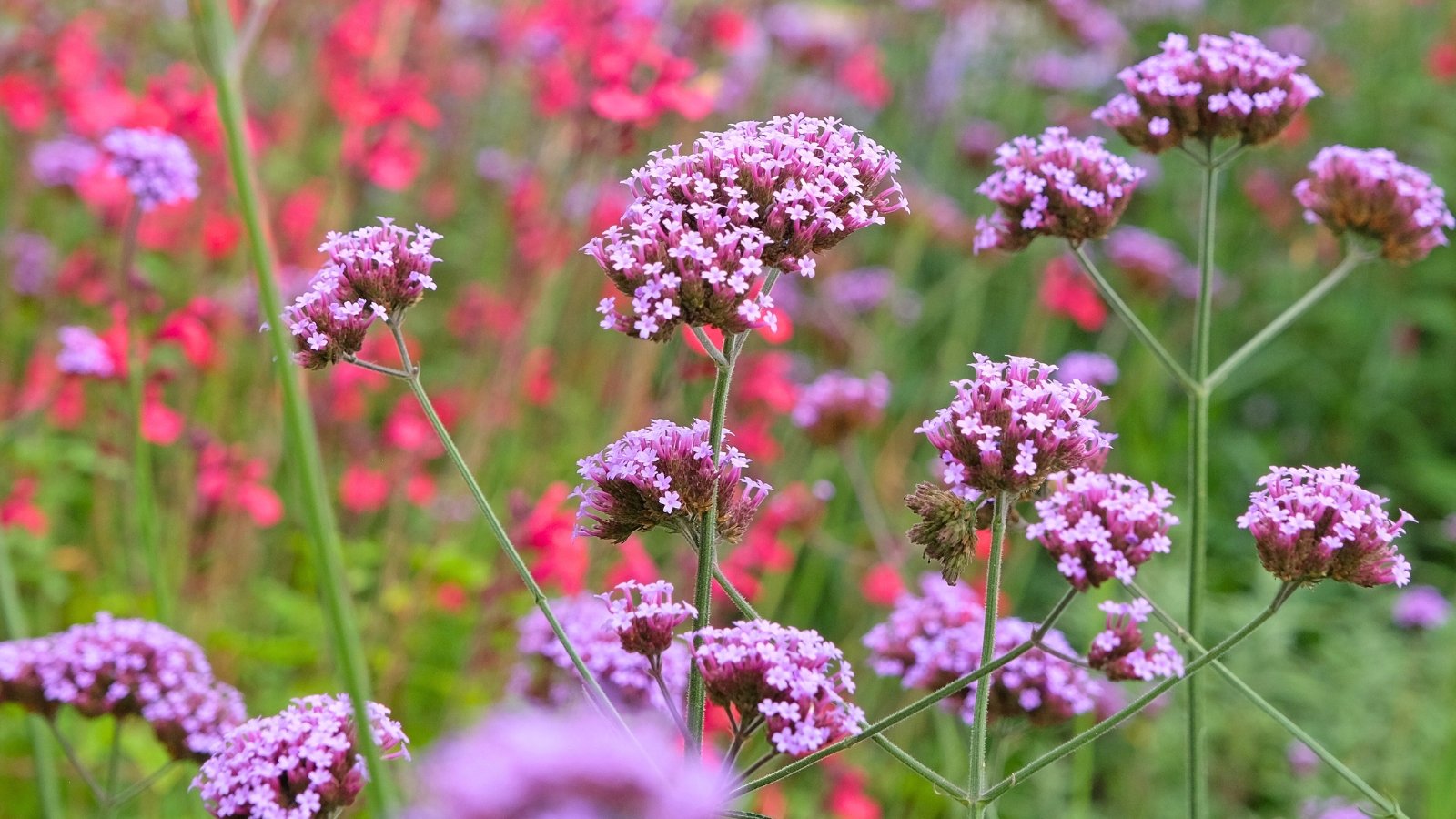 Slender stems stay upright and feed small birds.
Slender stems stay upright and feed small birds.Brazilian vervain or verbena is an excellent perennial to leave standing in the winter. It has wiry stems that hold up well and decorative seed heads that attract and feed small birds. Because the stems are slender and stiff, they remain upright and add a visual structure to your beds.
Beyond its value in the winter garden, Brazilian vervain is a powerhouse. It’s a pollinator magnet with clusters of tiny purple flowers. It has a long blooming season and does an excellent job of sustaining pollinator populations. The tall stems make it great for the cutting garden as well.
Bee Balm
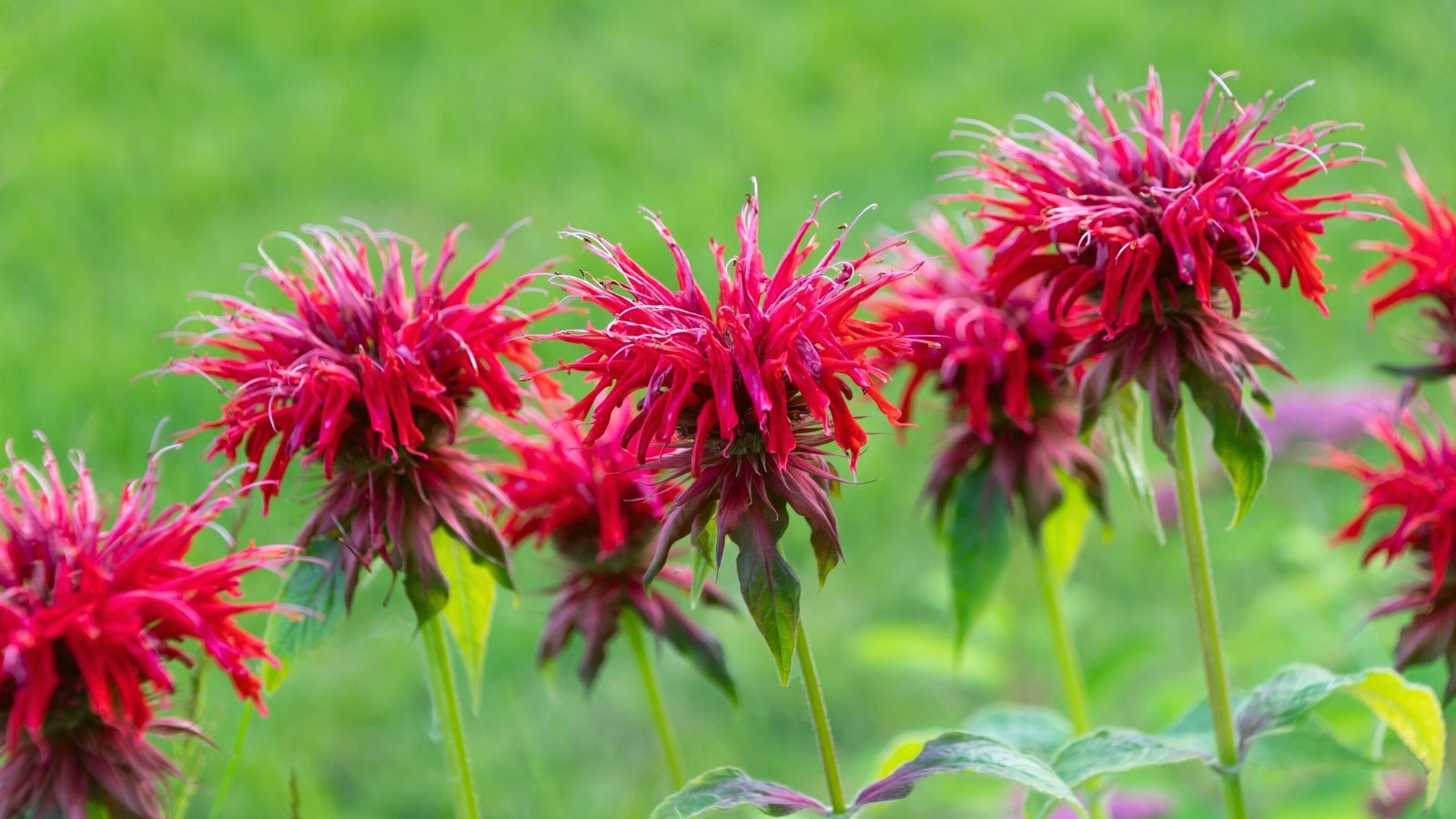 Aromatic stalks add texture and feed small birds.
Aromatic stalks add texture and feed small birds.Bee balm does it all. It’s a perfect perennial for the pollinator garden, and it’s beautiful, too! The colorful, tubular flowers are highly appealing to pollinators. They are particularly appealing to long-tongued insects and hummingbirds. Their late summer bloom time helps bridge an important nectar gap.
In the winter garden, leave this perennial standing to add texture and beauty to the landscape. The aromatic foliage releases its fragrance in chilly weather. Small birds feast on its ample seed heads, making it a food source through three seasons. The stems provide a habitat for beneficial insects to overwinter.
Aster
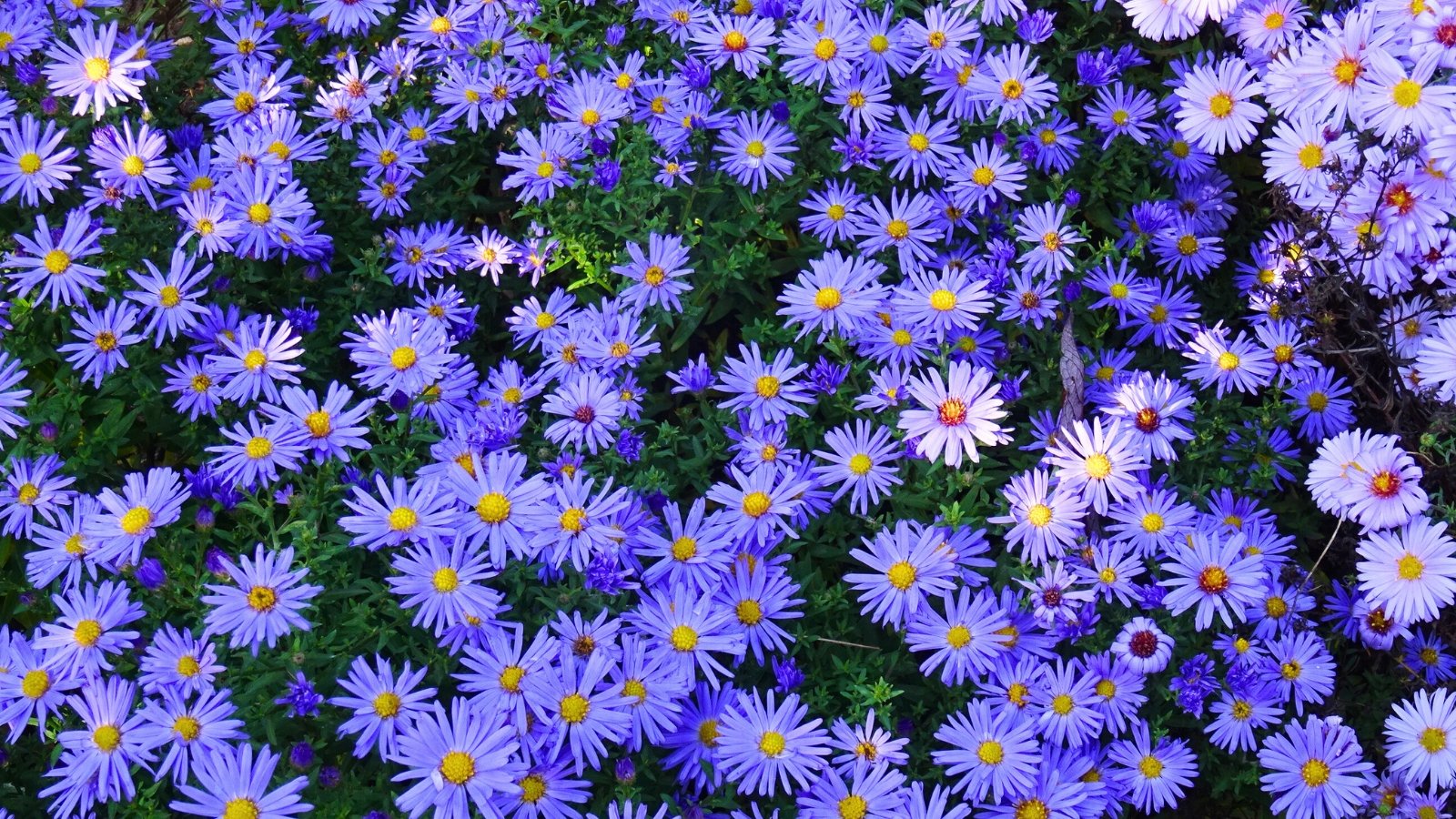 Late blooms sustain pollinators when most flowers fade.
Late blooms sustain pollinators when most flowers fade.Asters are lovely perennials with their cheerful flowers in shades of pink, purple, and blue. They are late-season bloomers, feeding pollinators at a critical time of year. They add subtle beauty to landscapes year-round, enriching your garden and supporting wildlife.
In winter, the sturdy stems that supported blooms hold up decorative seed heads that feed small birds. They also create movement and catch snow and light. Their hollow stems are valuable to overwintering bees, and leaving them standing helps to protect the crown.

Goldenrod
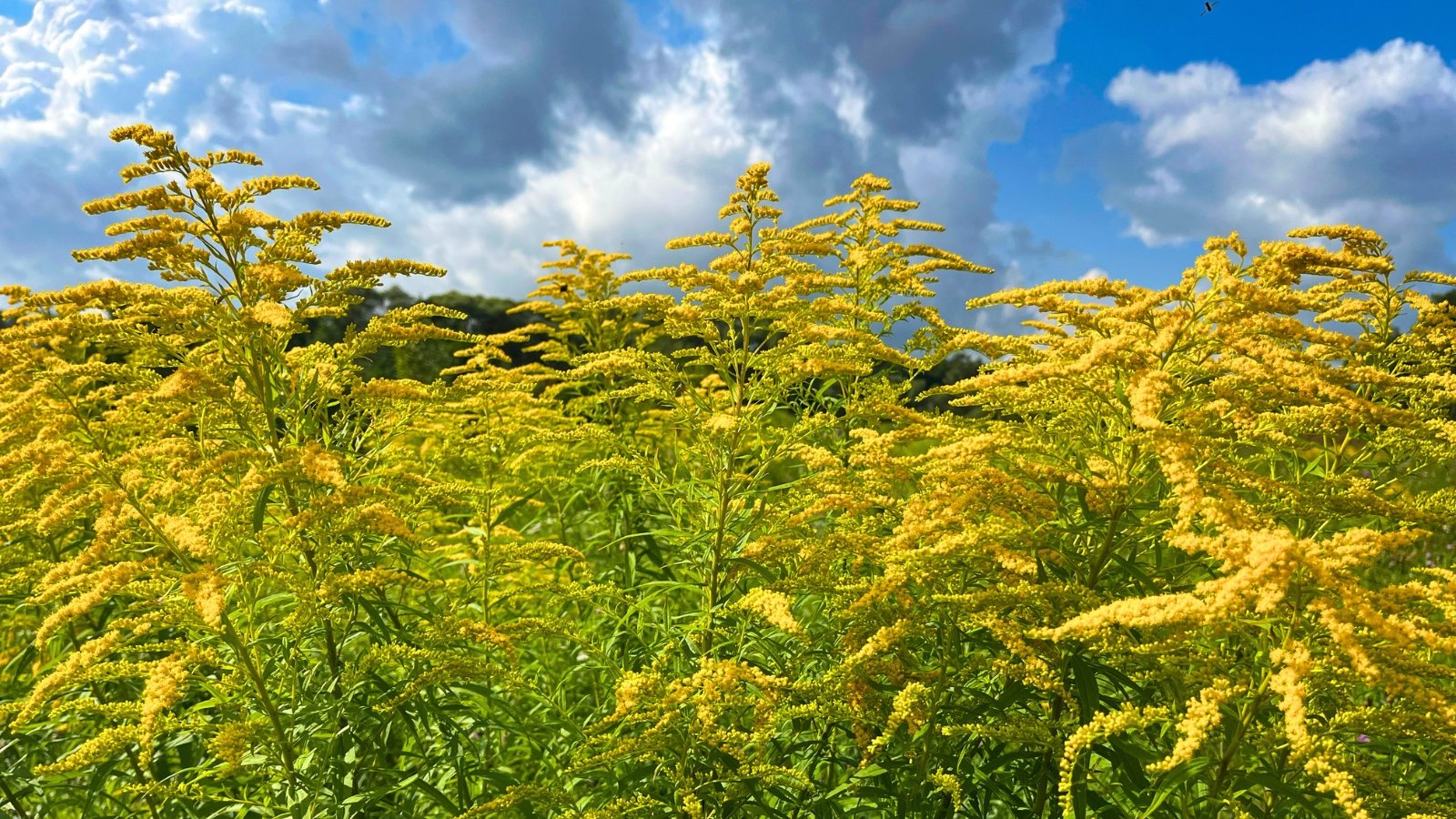 Tall stems create movement and visual garden interest.
Tall stems create movement and visual garden interest.Goldenrod is one of my favorite native perennial wildflowers. It’s such a useful and beautiful plant. Its feathery foliage provides a nice foundation in the garden in spring and summer. In the fall, it positively lights up the landscape with large tassels of brilliant yellow blooms.
It’s also an important perennial to leave standing in the winter garden. Even after the flowers fade, it remains an excellent wildlife plant. The fluffy seed heads feed birds, and pollinators overwinter in the sheltering tangle of its dried stalks. The tall stems dry beautifully and add tons of movement and vertical interest, from an aesthetic standpoint.
Russian Sage
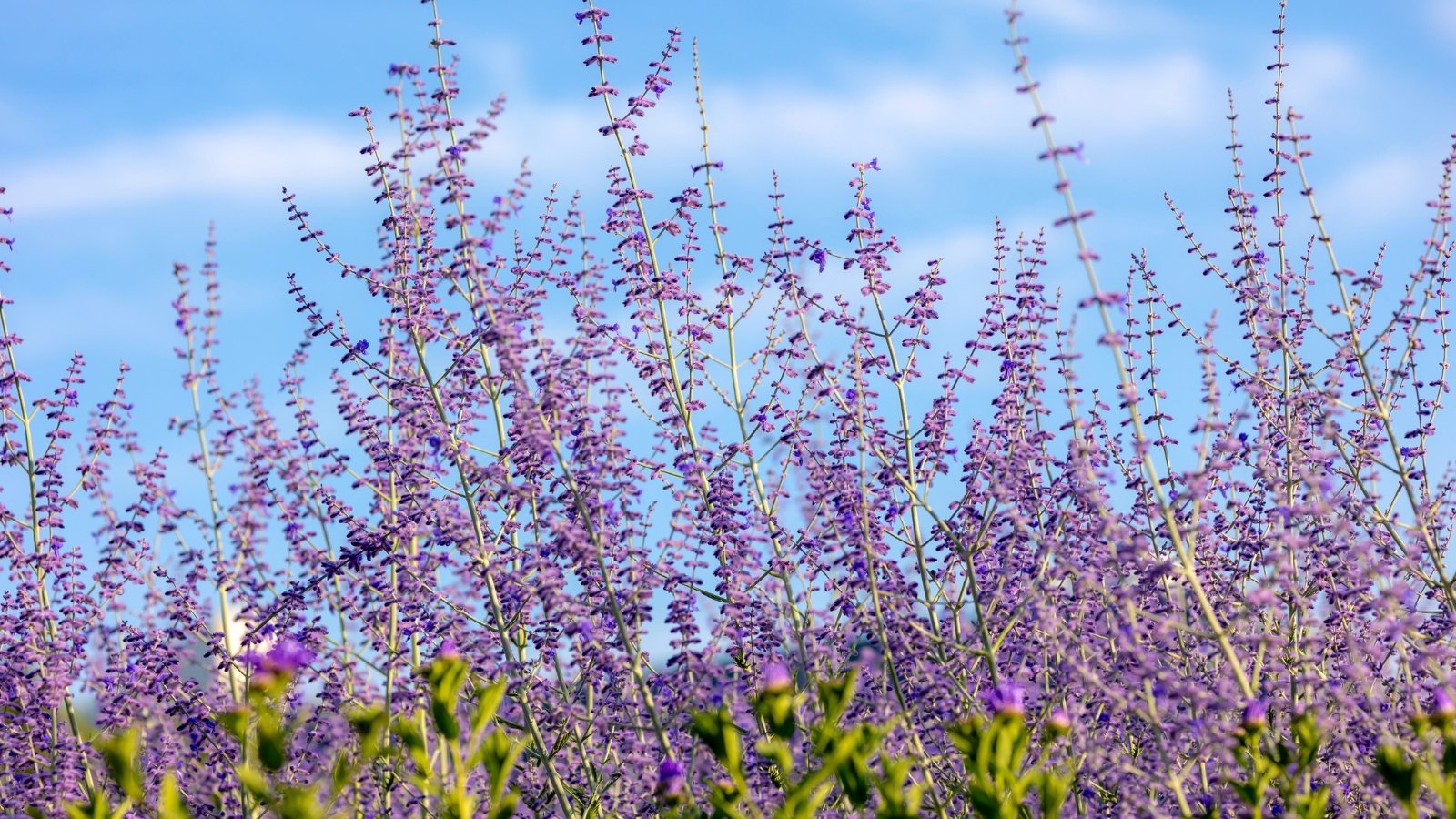 Late-season flowers attract bees, butterflies, and beneficial insects.
Late-season flowers attract bees, butterflies, and beneficial insects.Russian sage is low-maintenance and beautiful with silvery foliage and lavender flowers in late summer. It’s an excellent food source for pollinators and other beneficial insects during its bloom time. In winter, it’s not quite as important as some of the others. But there are both ecological and practical reasons to leave this perennial standing in winter.
In terms of wildlife, the seed heads are small but present. Small birds and other animals can forage on them in winter. The stems and crown protect the roots and also provide shelter for beneficial insects. When it snows, the crystals catch in Russian sage’s fine branches and give a lacy appearance.
Switchgrass
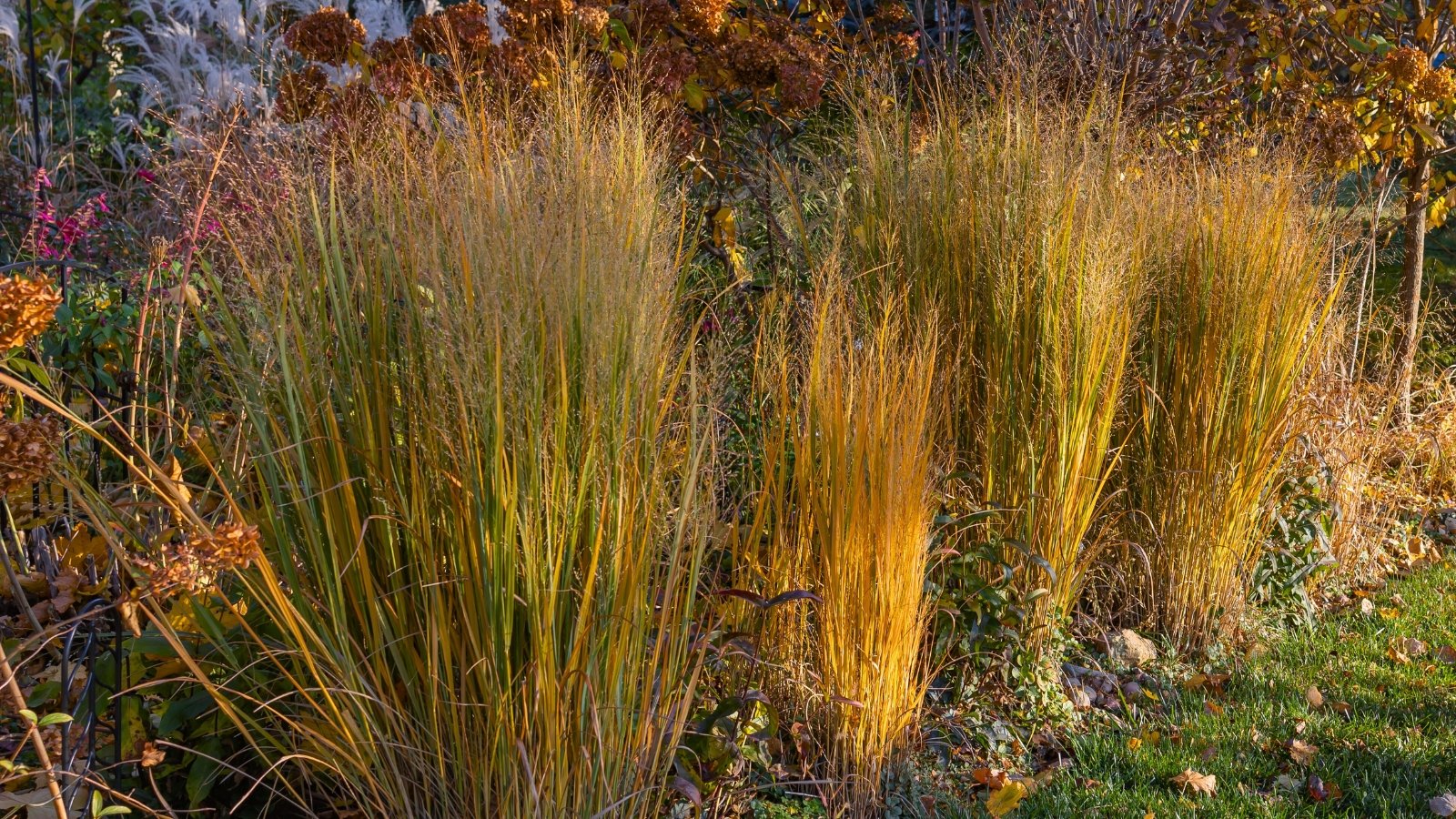 Airy seed heads and dense stems aid wildlife.
Airy seed heads and dense stems aid wildlife.I’m adding switchgrass here as a standalone, and for ornamental grasses as a group. There are many stunning cultivars to choose from, and they are all valuable when you leave these perennials standing in the winter. This one has an upright habit and produces beautiful, airy seed heads that add significant texture to the landscape.
Ornamental grasses provide movement and interest in the winter garden. The tall stalks turn golden brown, and many have seed heads that are also decorative. The seed heads provide food for small birds, and the dense stems provide shelter for overwintering insects and small animals.
Rudbeckia
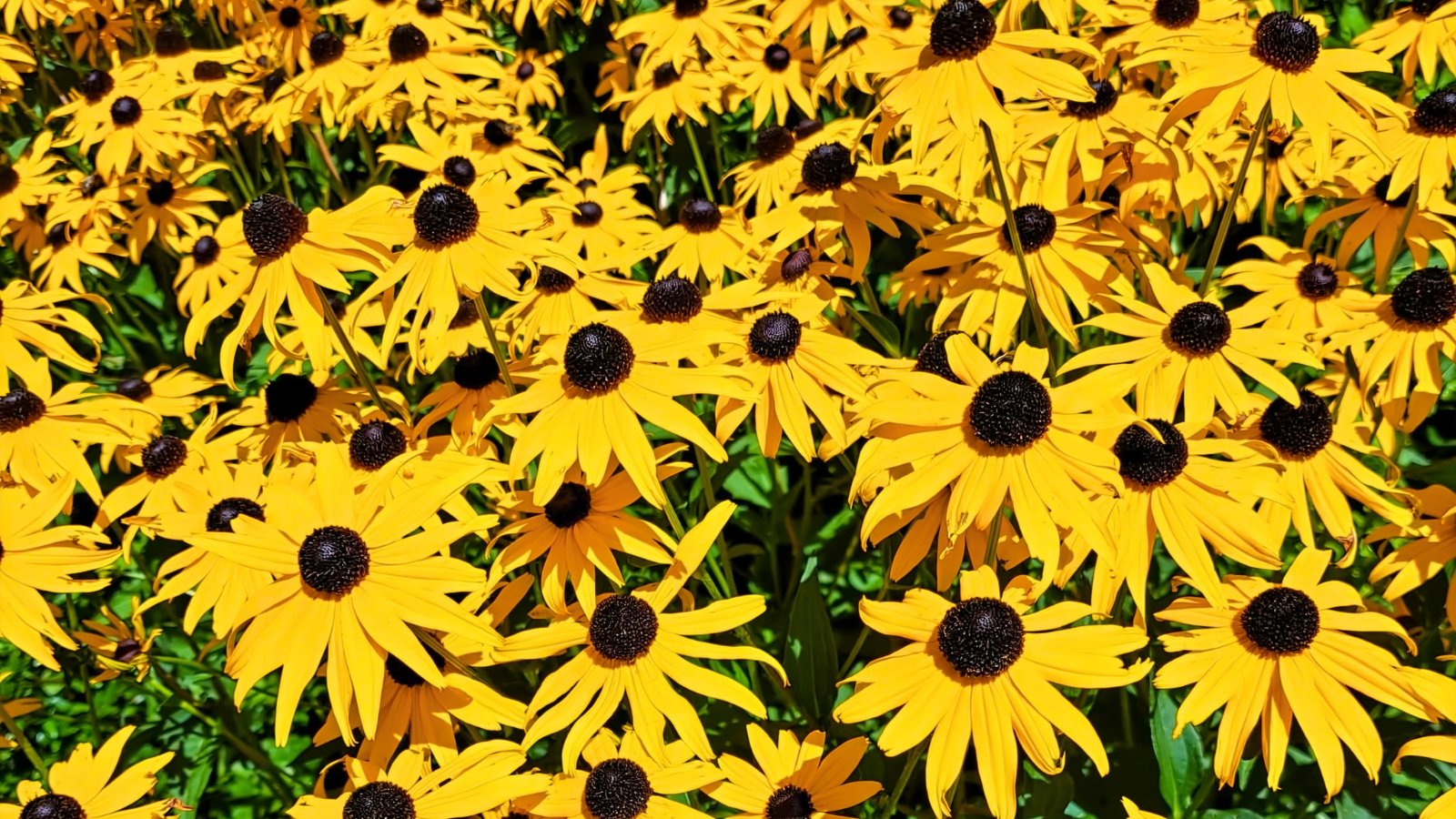 Dark cones attract small birds through frosty winter.
Dark cones attract small birds through frosty winter.Rudbeckias are great perennials to leave standing in the winter garden. Their dark, cone-shaped seed heads hang around long after petals fall. These provide a vital food source for small, overwintering birds. They also have sturdy, hollow stems that insects use for shelter.
In terms of their aesthetic value, their tall stems bring structure and order to garden beds. The bold seed heads stand out, adding textural interest. Leave them standing over the winter as a protective measure, too. The stems help to protect the crown from freeze-thaw cycles.
Milkweed
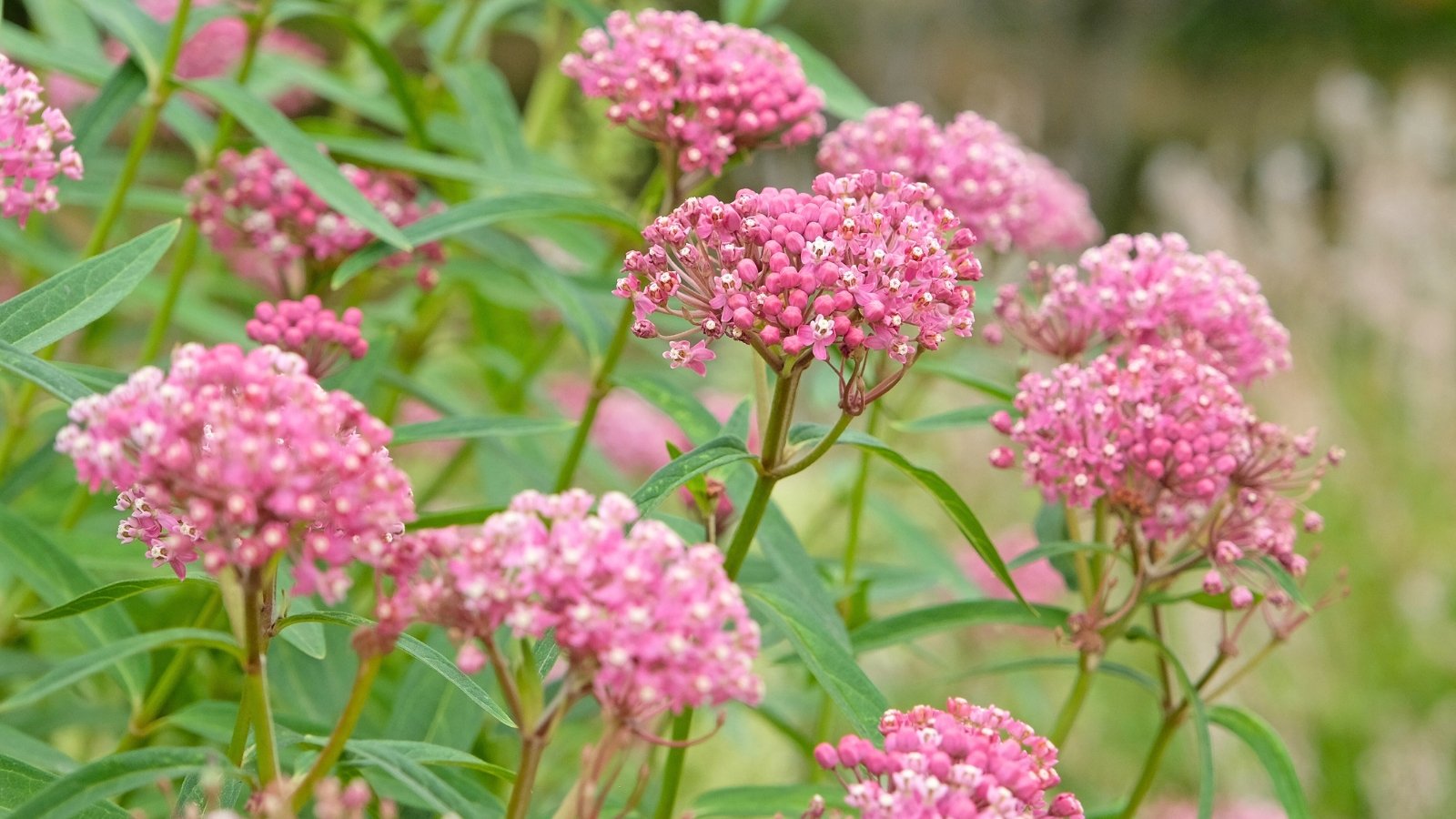 Its blooms attract a variety of pollinating insects.
Its blooms attract a variety of pollinating insects.Any pollinator enthusiast knows how valuable milkweeds are in the garden. They are the sole larval food of the monarch butterfly. The populations of both the Eastern and Western populations are rapidly declining. I see fewer and fewer every year.
It’s important to leave this perennial standing in the winter to continue to serve wildlife. The seed pods ripen in late fall and winter and disperse seeds. This is incredibly important to the monarch population. The seeds are also good food for small birds in the winter.
Milkweed is visually interesting in the winter, too. The tall stems and unique pods create texture, catching snow and ice in a striking way. It’s best to leave your perennial milkweed standing until it’s just about time to grow in spring. Then trim the stems.


 3 days ago
5
3 days ago
5
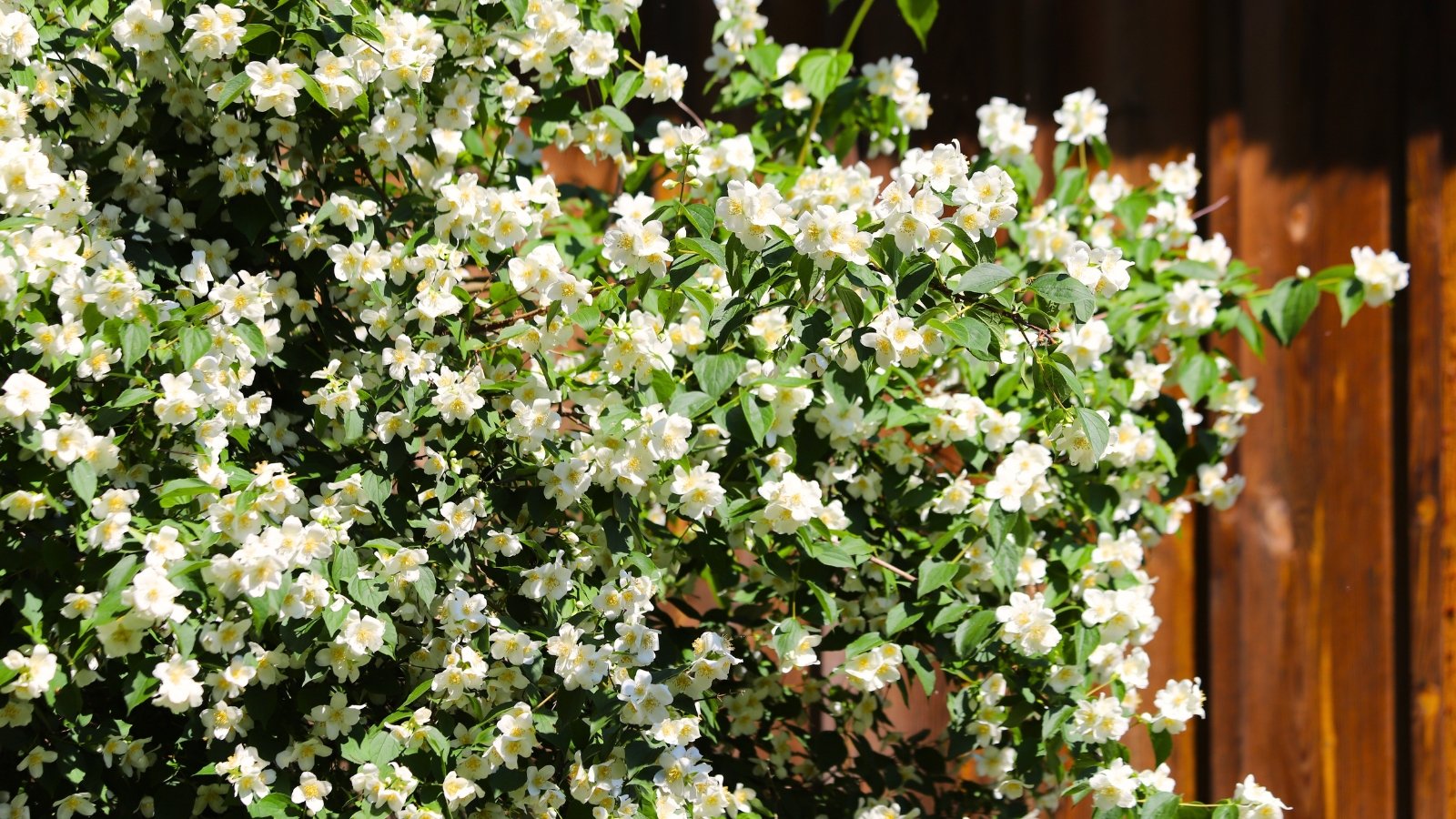
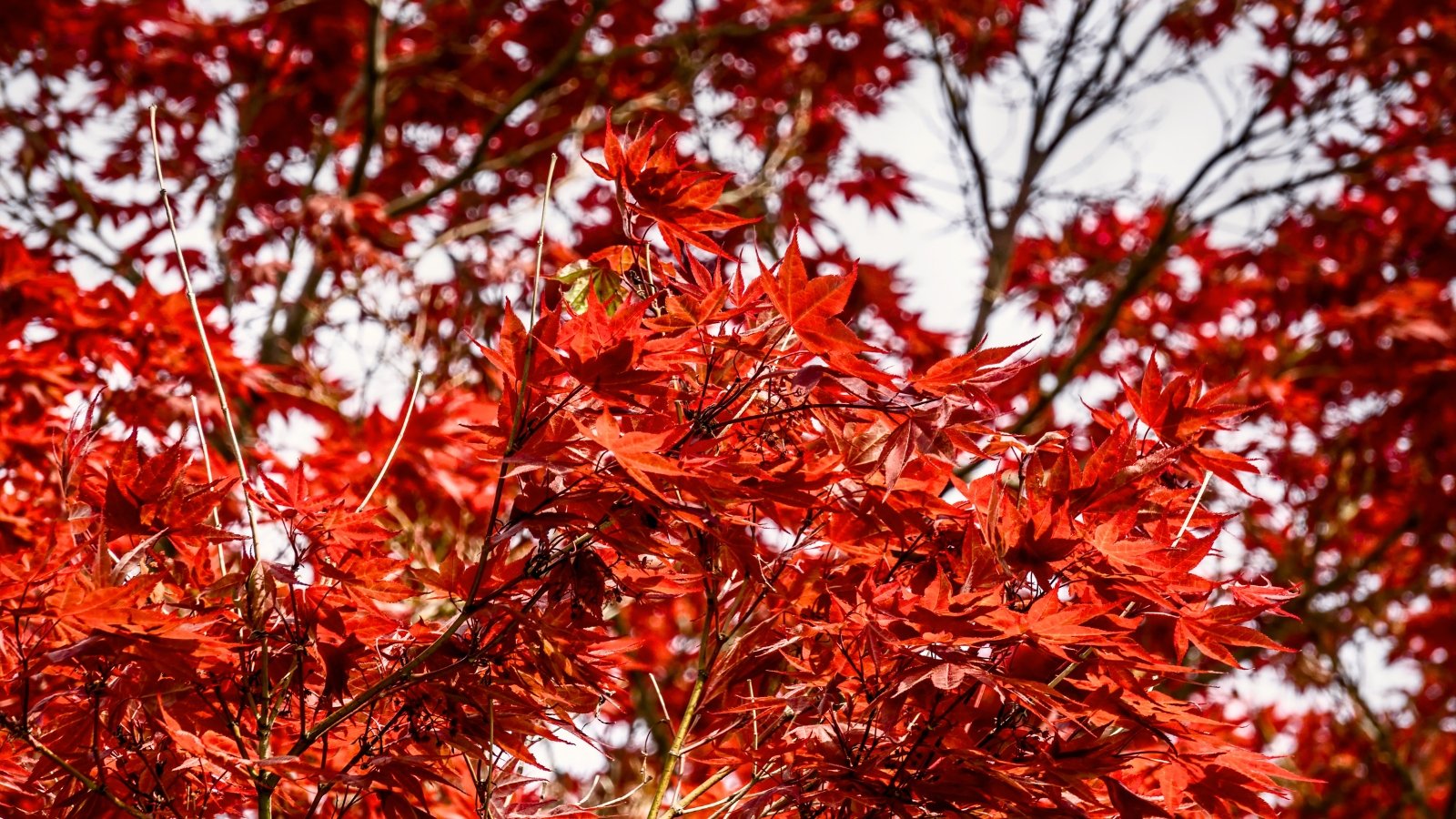
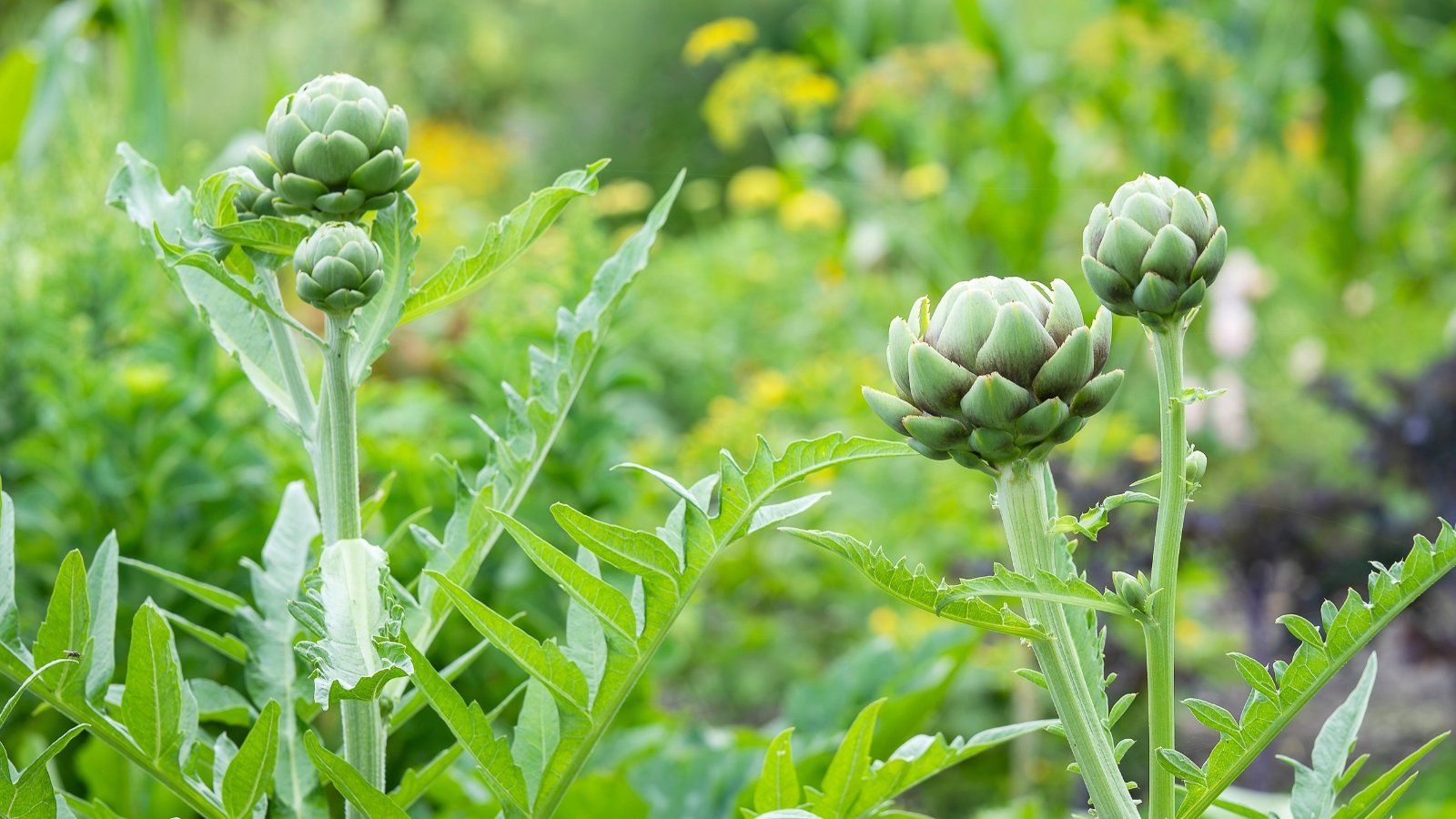
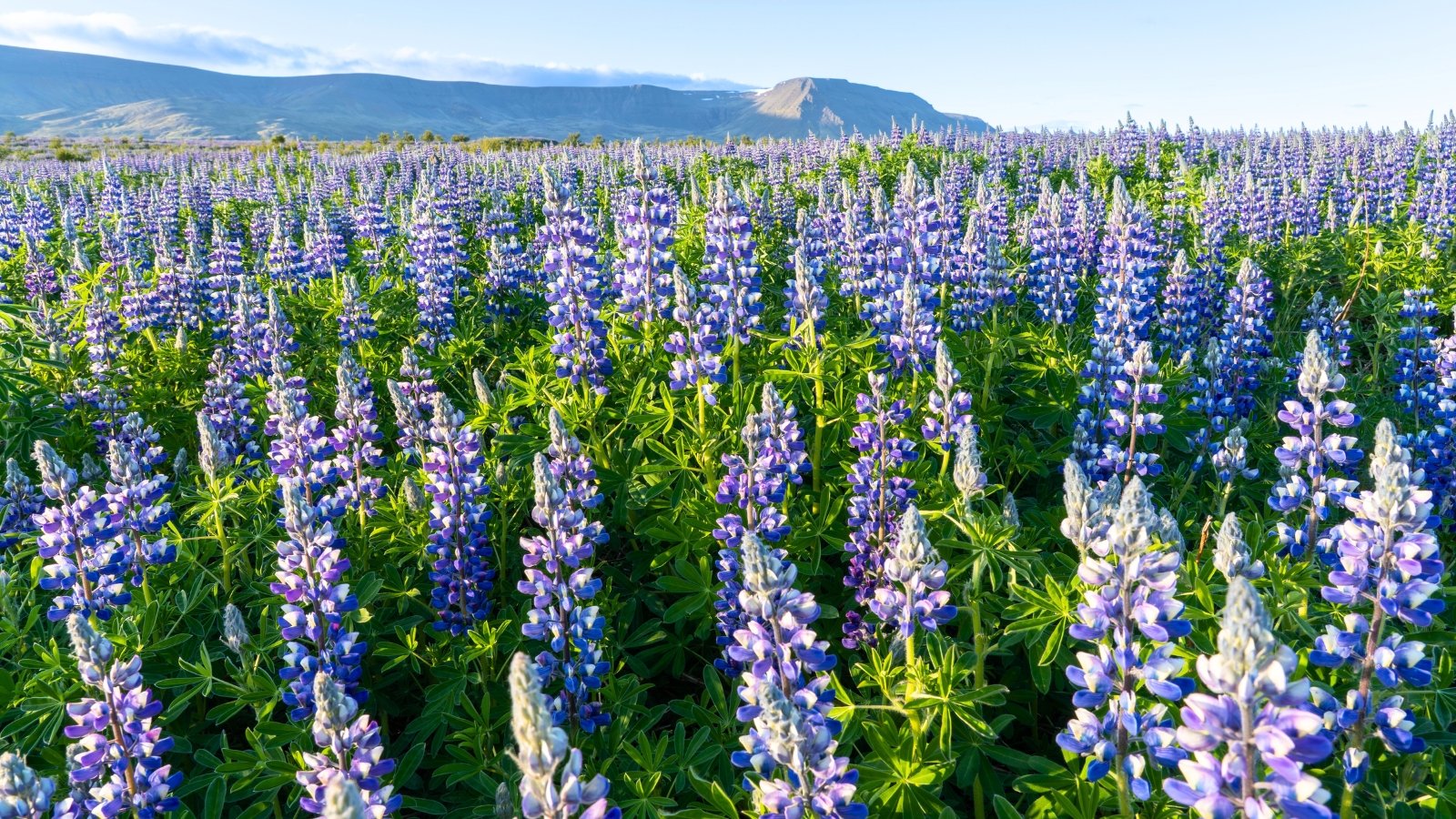
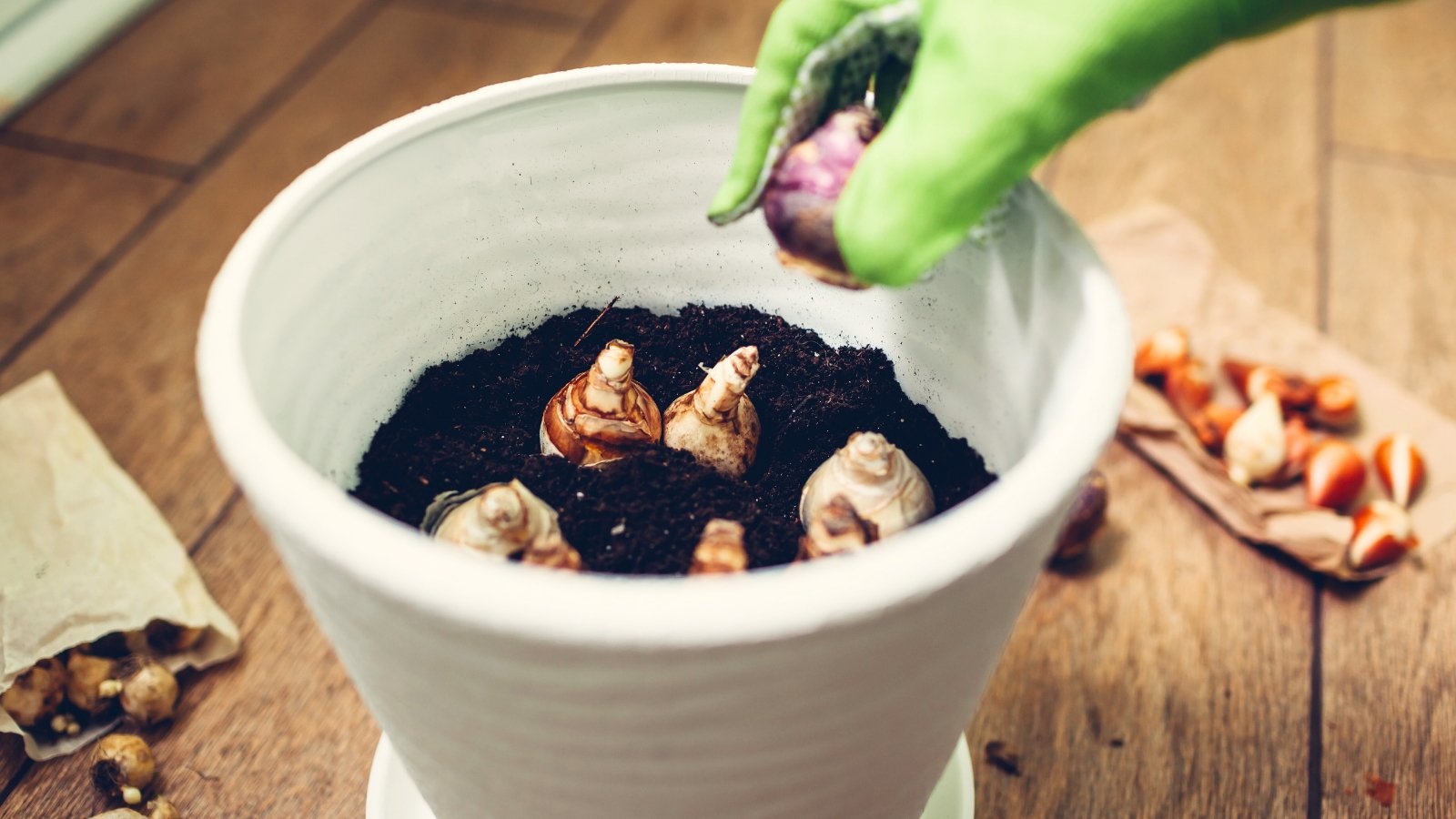

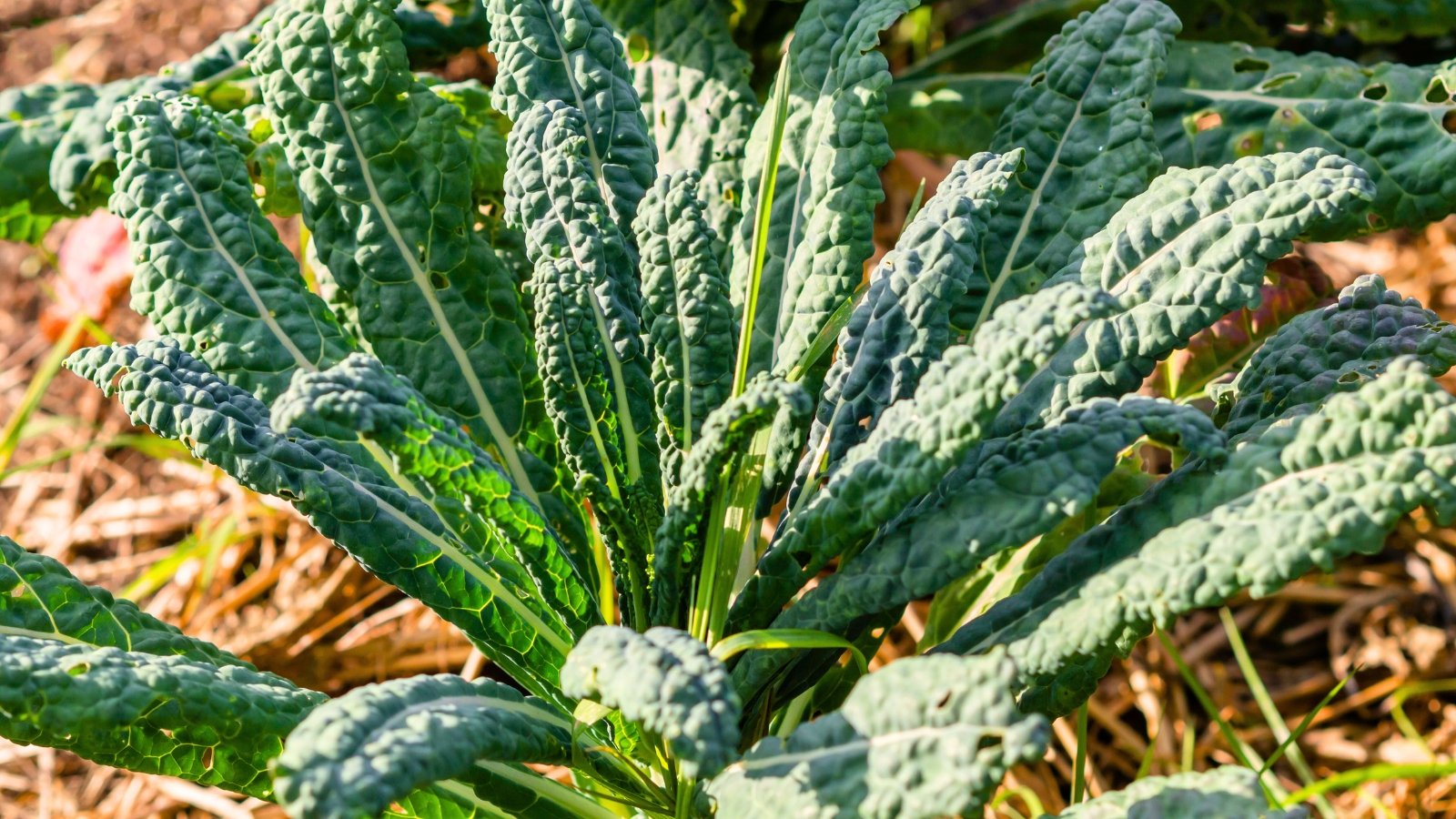














 English (US) ·
English (US) ·  French (CA) ·
French (CA) ·